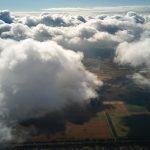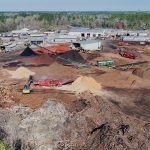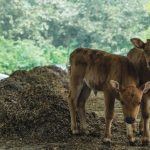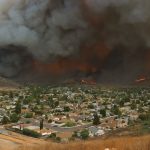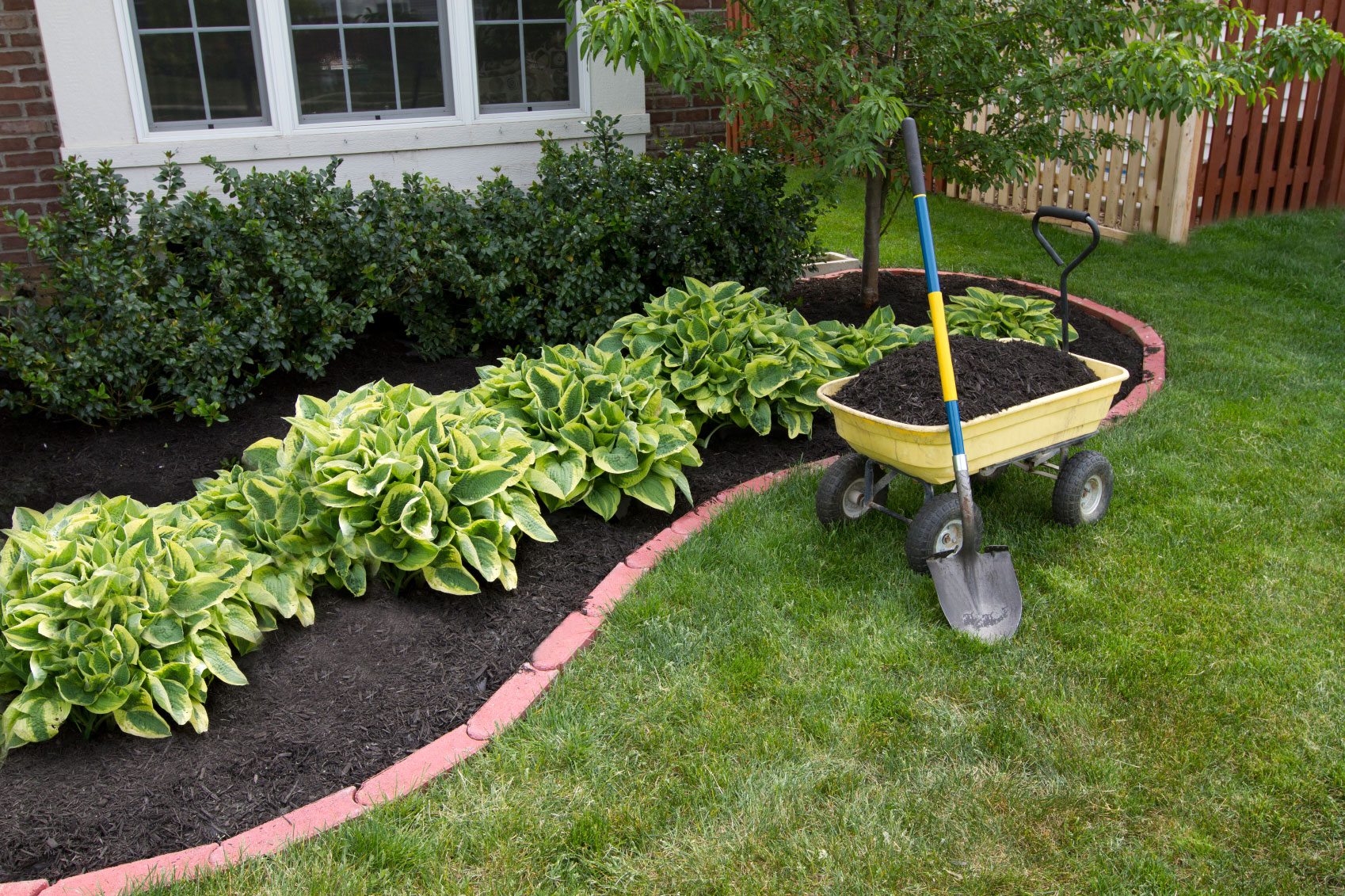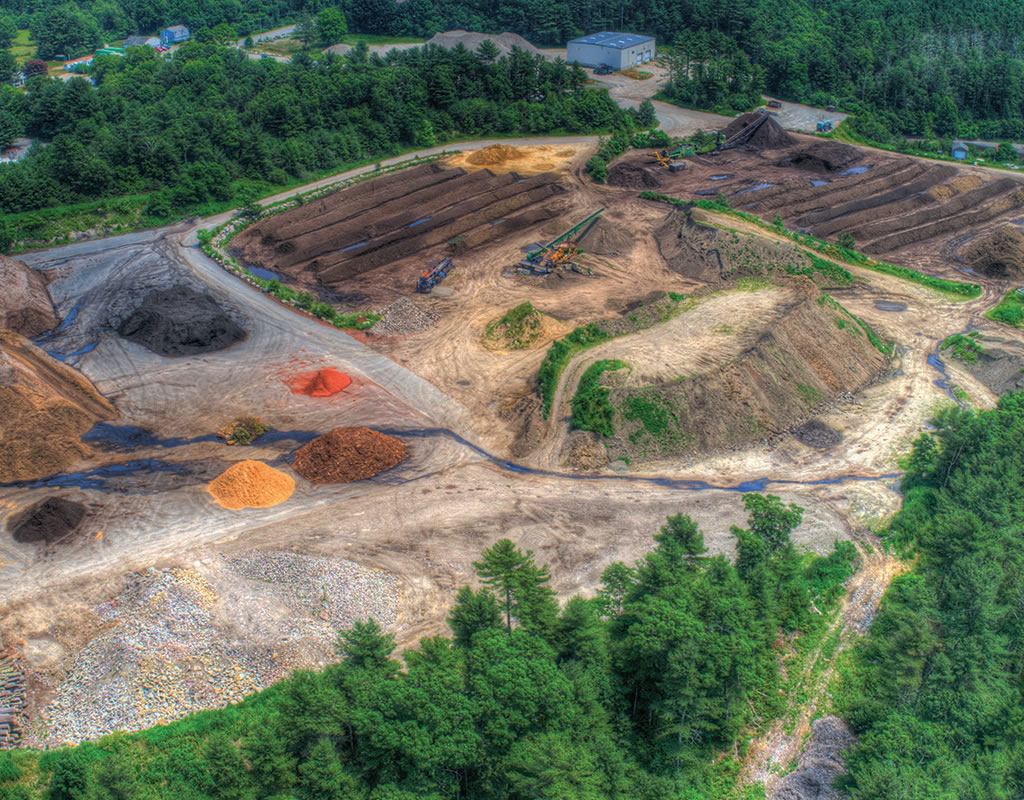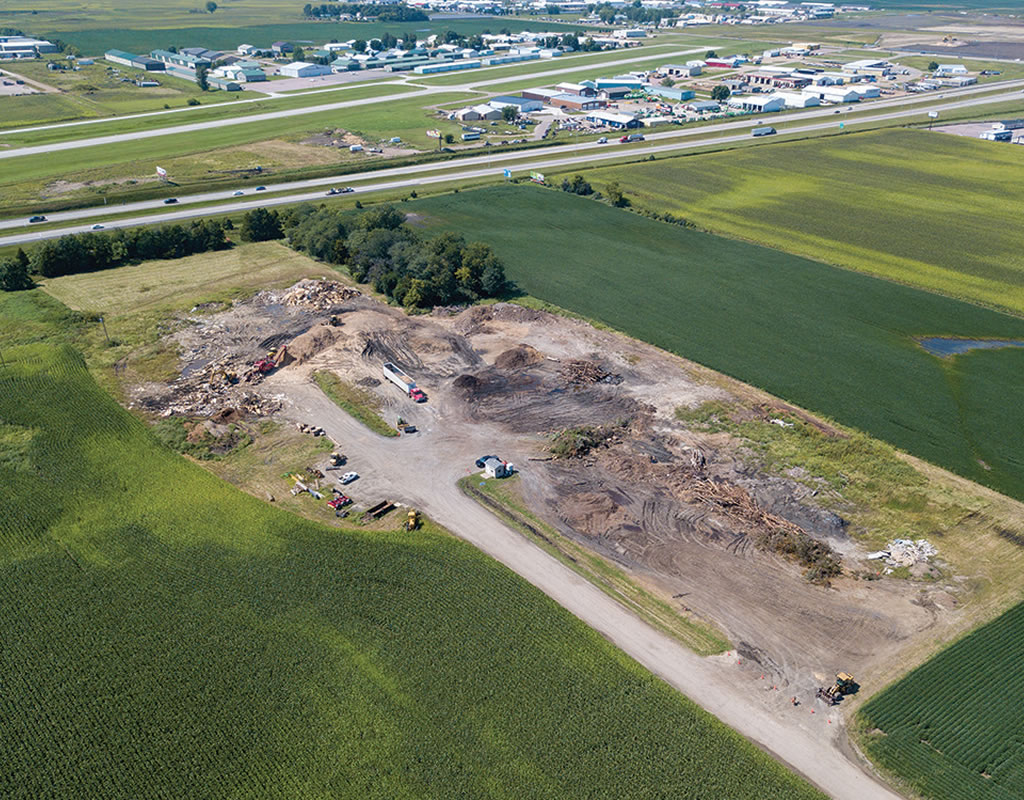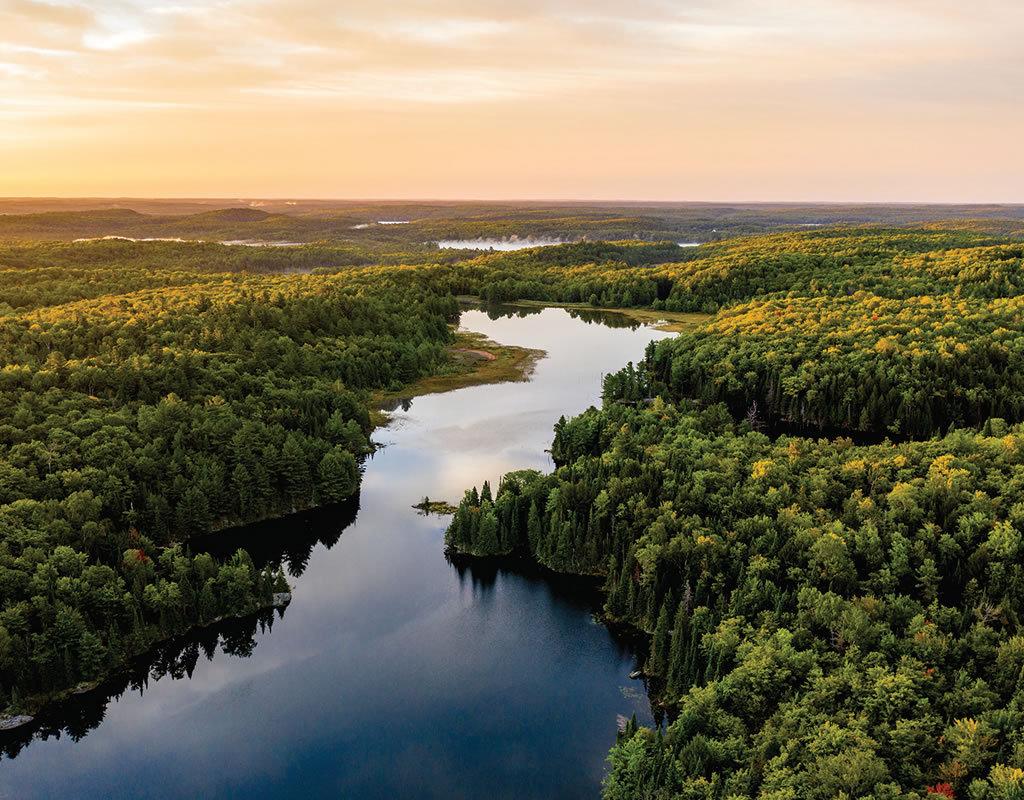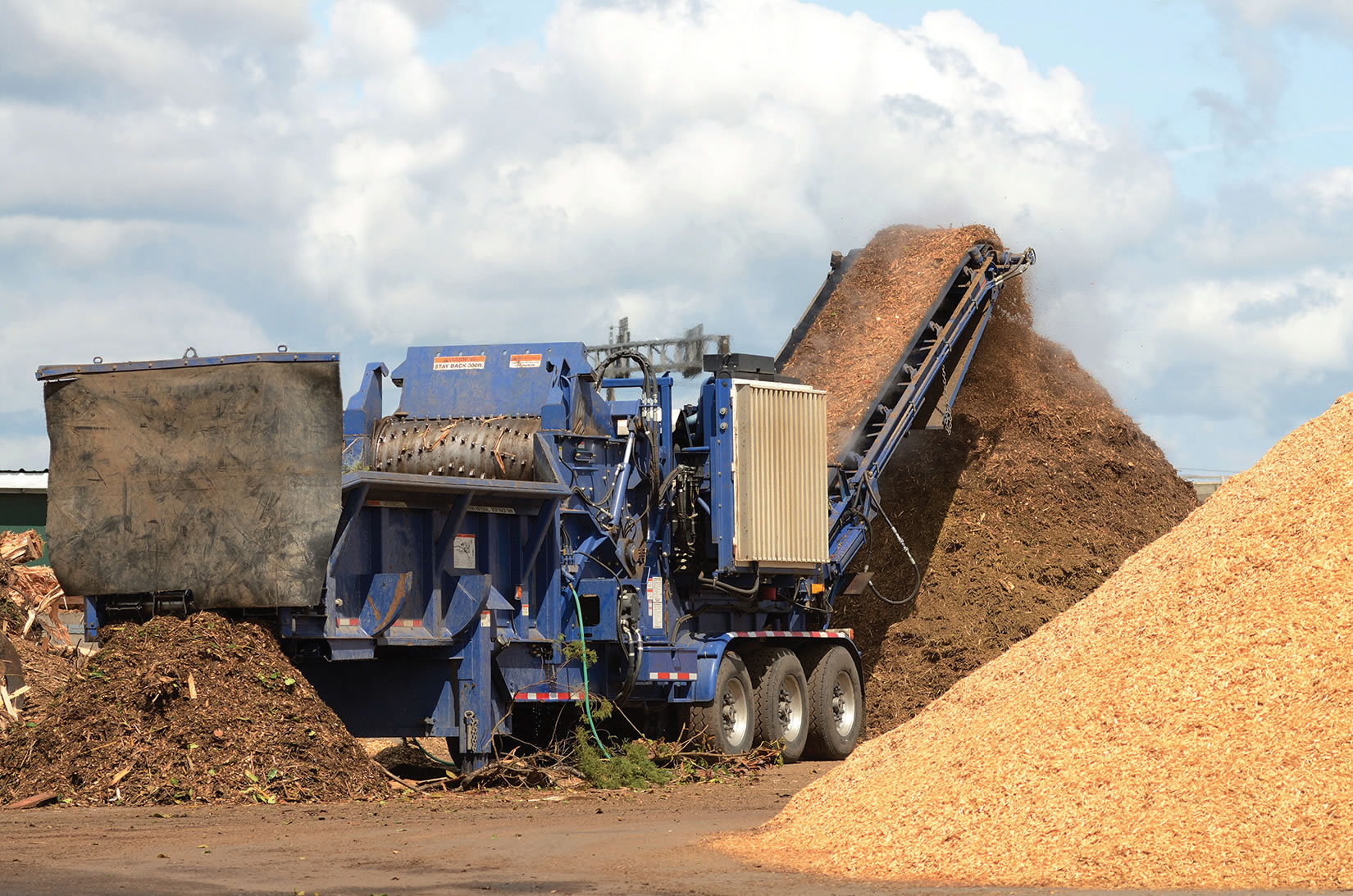By P.J. Heller
At some point during the school year, students are usually taught about their state, including the official state flower, official state bird, official state tree and official state animal.
What’s often missing from those classroom lessons is the official state soil.
Yes, all 50 states have each selected an official soil that has special significance to it. Twenty states have enshrined their official soils through legislation. Representative soils have also been selected for Puerto Rico and the U.S. Virgin Islands.
Nebraska was the first state to declare an official soil, when in 1979 it selected Holdrege soil, which covers some 1.8 million acres of land in the south-central part of the state.
Holdrege soil was initially found during a soil survey of Phelps County in 1917 and was named after Holdrege, a community in the county.
Such soil surveys date to 1899, three years after the inception of the National Cooperative Soil Survey.
“It was not until the latter part of the 1800s that agricultural land use interest by the public and the U.S. Department of Agriculture (USDA) convinced Congress to make an inventory of the nation's soils and their production potential,” according to the Nebraska Society of Professional Soil Scientists (NSPSS). “This interest in 1899 created the soil survey program under the USDA Division of Soils, directed by Milton Whitney.
“The first areas to be surveyed in 1899 were the Connecticut River Valley area of Connecticut and Massachusetts, Cecil County Maryland, the Salt Lake Valley of Utah, and the Pecos Valley of New Mexico,” the NSPSS noted. “The first surveys in the East were concerned mainly with soils and their ability to produce quality tobacco while those in the West were interested in determining the suitability of marginal land for agriculture uses.
“From the very first, soil surveys were done in cooperation with state experiment stations, land grant universities, and other local agencies,” it said. “This cooperation arrangement between the USDA, state universities, and other agencies is known today as the National Cooperative Soil Survey.”
The National Cooperative Soil Survey describes itself as a nationwide partnership of federal, regional, state, and local agencies and private entities and institutions.
“This partnership works to cooperatively investigate, inventory, document, classify, interpret, disseminate, and publish information about soils,” it explains. “NCSS standards are common or shared procedures that enhance technology transfer, data sharing, and communications among soil survey participants. NCSS cooperators collaborate on efforts to increase our understanding of soils through field studies, soil mapping projects, soil database development, and other technical soil services.”
The soil survey falls under the Agriculture Department’s Natural Resources Conservation Service. That agency originally started as the Soil Conservation Service in 1935 during the Dust Bowl, a time of eroded topsoil and fierce dust storms.
Historical soil surveys, most of them county based, are archived and available from the NRCS website in pdf format; the USDA phased out the printing of the reports after making its Web Soil Survey the official source for information in 2005.
The Web Soil Survey site provides access to the largest natural resource information system in the world, according to the USDA.
“NRCS has soil inventory data available for more than 95% of the nation's private lands and anticipates having 100% coverage of both private and public lands by the end of fiscal year 2026,” an agency spokesperson said. “The Soil Survey Program is ongoing, and soil data is constantly updated with additional information as conditions and land uses change.”
The soil survey provides an elaborate classification of soil types.
“Like the classification systems for plants and animals, the soil classification system contains several levels of detail, from the most general to the most specific. The most general level of classification in the United States system is the soil order, of which there are 12, the Soil Science Society of America explained.
The following soil orders and descriptions are taken directly from the Soil Science Society of America:
Gelisols are soils that are permanently frozen (contain “permafrost”) or contain evidence of permafrost near the soil surface. Gelisols are found in the Arctic and Antarctic, as well as at extremely high elevations. Permafrost influences land use through its effect on the downward movement of water and freeze-thaw activity (cryoturbation) such as frost heaves. Permafrost can also restrict the rooting depth of plants. Gelisols make up about 9% of the world’s glacier-free land surface.
Histosols are mainly composed of organic material in their upper portion. The Histosol order mostly contains soils commonly called bogs, moors, peatlands, muskegs, fens, or peats and mucks. These soils form when organic matter, such as leaves, mosses, or grasses, decomposes more slowly than it accumulates due to a decrease in microbial decay rates. This most often occurs in extremely wet areas or underwater; thus, most of these soils are saturated year-round. Histosols can be highly productive farmland when drained; however, draining these soils can cause them to decompose rapidly and subside dramatically. They are also not stable for foundations or roadways and may be highly acidic. Histosols make up about 1% of the world’s glacier-free land surface.
Spodosols are among the most attractive soils. They often have a dark surface underlain by an ashy, gray layer, which is subsequently underlain by a reddish, rusty, coffee-colored, or black subsoil horizon. These soils form as rainfall interacts with acidic vegetative litter, such as the needles of conifers, to form organic acids. These acids dissolve iron, aluminum, and organic matter in the topsoil and ashy gray horizons. The dissolved materials then move to the colorful subsoil horizons. Spodosols most often develop in coarsely textured soils (sands and loamy sands) under coniferous vegetation in humid regions of the world. They tend to be acidic and have low fertility and low clay content. Spodosols occupy about 4% of the world’s glacier-free land surface.
Andisols typically form from the weathering of volcanic materials such as ash, resulting in minerals in the soil with poor crystal structure. These minerals have an unusually high capacity to hold both nutrients and water, making these soils very productive and fertile. Andisols include weakly weathered soils with much volcanic glass, as well as more strongly weathered soils. They typically occur in areas with moderate to high rainfall and cool temperatures. They also tend to be highly erodible when on slopes. These soils make up about 1% of the glacier-free land surface.
Oxisols are soils of tropical and subtropical regions, which are dominated by iron oxides, quartz, and highly weathered clay minerals such as kaolinite. These soils are typically found on gently sloping land surfaces of great age that have been stable for a long time. For the most part, they are nearly featureless soils without clearly marked layers, or horizons. Because they are highly weathered, they have low natural fertility, but can be made productive through wise use of fertilizers and lime. Oxisols are found over about 8% of the glacier-free land surface.
Vertisols are clay-rich soils that contain a type of “expansive” clay that shrinks and swells dramatically. These soils therefore shrink as they dry and swell when they become wet. When dry, vertisols form large cracks that may be more than one meter (three feet) deep and several centimeters, or inches, wide. The movement of these soils can crack building foundations and buckle roads. Vertisols are highly fertile due to their high clay content; however, water tends to pool on their surfaces when they become wet. Vertisols are located in areas where the underlying parent materials allow for the formation of expansive clay minerals. They occupy about 2% of the glacier-free land surface.
Aridisols are soils that occur in climates that are too dry for “mesophytic” plants—plants adapted to neither a too wet nor too dry environments—to survive. The climate in which Aridisols occur also restricts soil weathering processes. Aridisols often contain accumulations of salt, gypsum, or carbonates, and are found in hot and cold deserts worldwide. They occupy about 12% of the Earth’s glacier-free land area, including some of the dry valleys of Antarctica.
Ultisols are soils that have formed in humid areas and are intensely weathered. They typically contain a subsoil horizon that has an appreciable amount of translocated clay and are relatively acidic. Most nutrients are held in the upper centimeters of Ultisol soils, and these soils are generally of low fertility although they can become productive with additions of fertilizer and lime. Ultisols make up about 8% of the glacier-free land surface.
Mollisols are prairie or grassland soils that have a dark-colored surface horizon. They are highly fertile and rich in chemical “bases” such as calcium and magnesium. The dark surface horizon comes from the yearly addition of organic matter to the soil from the deep roots of prairie plants. Mollisols are often found in climates with pronounced dry seasons. They make up approximately 7% of the glacier-free land surface.
Alfisols are similar to Ultisols but are less intensively weathered and less acidic. They tend to be more inherently fertile than Ultisols and are located in similar climatic regions, typically under forest vegetation. They are also more common than Ultisols, occupying about 10% of the glacier-free land surface.
Inceptisols exhibit a moderate degree of soil development and lack significant clay accumulation in the subsoil. They occur over a wide range of parent materials and climatic conditions, and thus have a wide range of characteristics. They are extensive, occupying approximately 17% of the earth’s glacier-free surface.
Entisols are the last order in soil taxonomy and exhibit little to no soil development other than the presence of an identifiable topsoil horizon. These soils occur in areas of recently deposited sediments, often in places where deposition is faster than the rate of soil development. Some typical landforms where Entisols are located include: active flood plains, dunes, landslide areas, and behind retreating glaciers. They are common in all environments. Entisols make up the second largest group of soils after Inceptisols, occupying about 16% of the Earth’s surface.
The Soil Science Society of America website also has a handy interactive map which provides details about the soil of each state, including its history, where the soil is located and its importance and uses. NRCS provides information about each state’s soil on its website. In addition, local, state, and national professional soil science societies also offer state soil booklets for download.
Related News
Subscribe Today
Every other month, Soil & Mulch Producer
News brings you important stories about:
• New Technology
• Products
• Industry News
• Research Studies
Soil & Mulch Producer News features articles and services relevant to your daily operations.

